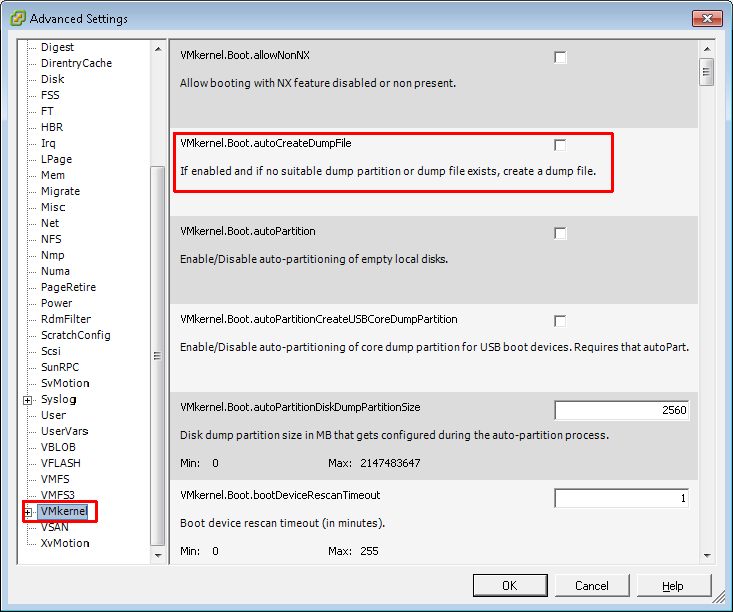Execmgr Auto Install Is Set To False
Hi, Is this message in the execmgr.log default behaviour? For some reason I having problems deploying software to the client and I am wondering what 'Auto Install is set to false.
Execmgr Auto Install Is Set To False. 2 Software Deployment Errors. Iveco Power 2008 Keygen - Software 2017. Install is set to false. Thread: SCCM Client fails, execmgr. 2 deployment fails to install with exit code is. Some clients not TRYING to upgrade to 5. Log - 'Auto Install is set to false. Do Nothing' Home; Forum; Archives; About; Subscribe; Network Steve. SCCM 2012 Software Deployment Errors Sign in to. Specifically I have been looking at the execmgr.log. (0x1924) Auto Install is set to false.

Do nothing' means: CServiceWindowEventHandler::Execute - Received SERVICEWINDOWEVENT: END Event execmgr 05:0 (0x2AA8) The user has logged off. Execmgr 07:54:15 588 (0x024C) Execution Manager timer has been fired.

Execmgr 07: (0x092C) A user has logged on. Execmgr 07: (0x1CBC) The logged on user is DOMAIN user execmgr 07: (0x1CBC) CServiceWindowEventHandler::Execute - Received SERVICEWINDOWEVENT: START Event execmgr 22: (0x0D4C) CExecutionRequestManager::OnServiceWindowEvent for START execmgr 22: (0x0D4C) Auto Install is set to false. Execmgr 22: (0x0D4C) CServiceWindowEventHandler::Execute - Received SERVICEWINDOWEVENT: END Event execmgr 05: (0x1144) A user has logged on. Execmgr 10: (0x19D8) The logged on user is DOMAIN user execmgr 10: (0x19D8) Best regards, Kenny.
In of this series we created our new LAB, we got the System Center 2012 Configuration Manager ISO and extracted it, then copied it to our Active Directory server. We then created the System Management container in AD, delegated permissions to the container, extended the Schema for Configuration Manager. We then opened TCP ports 1433 and 4022 for SQL replication between sites, installed some prerequisites like.NET Framework 4.0, added some features and then downloaded and installed SQL Server 2008 R2 SP1 CU6. We then configured SQL Server using SQL Server Management Studio for security and memory configurations prior to running the Configuration Manager 2012 setup to assess server readiness. Finally we installed a central administration site (CAS). In we setup our Primary server with SQL Server 2008 R2 SP1 CU6. We then installed Configuration Manager 2012 on our primary server (P01) and verified that it was replicating to our central administration site (CAS) server.
Then we configured Discovery methods for our Hierarchy and then configure Boundaries and Boundary Groups. In we configured Discovery methods and configured boundaries and created a boundary group, we then configured them for Automatic Site Assignment and Content Location. In we added the Application Catalog roles to our Hierarchy. We then configured Custom Client Device Settings and then deployed those settings to the All Systems collection on site P01. After that we created Custom Client User Settings and deployed them to the All Users collection in order to allow users to define their own User and Device affinity settings. In we installed the WSUS server role (it is required for the Software Update Point role). We then installed the Software Update Point role on our CAS and Primary servers and we configured the SUP to support ConfigMgr Client Agent deployment which is a recommended Best Practice method of deploying the Configuration Manager Client Agent.